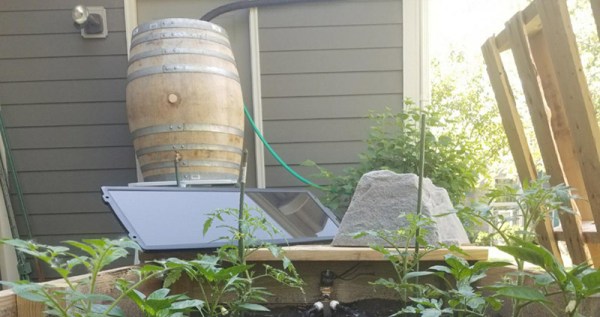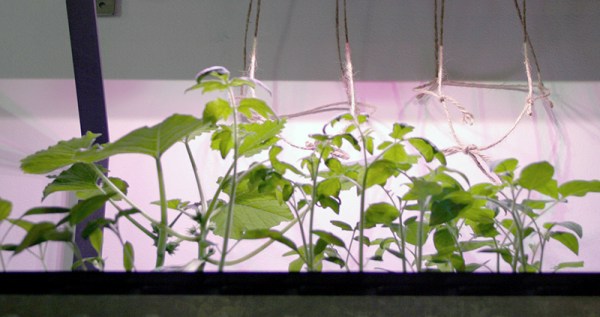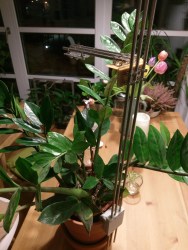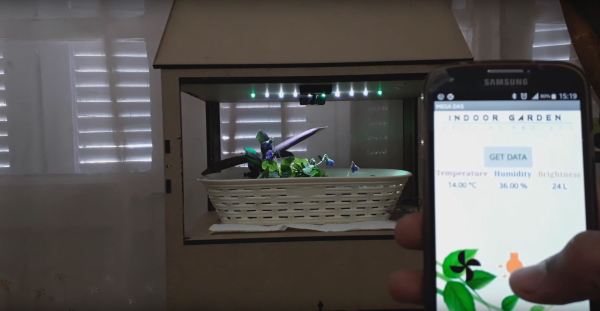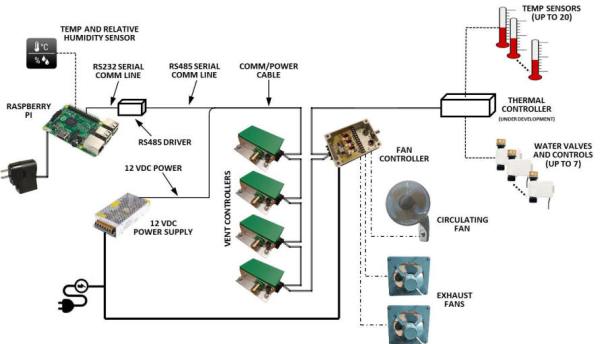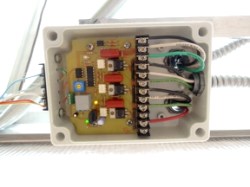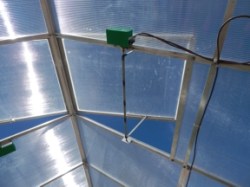Automation is a lofty goal in many industries, but not always straightforward to execute. Welding car bodies in the controlled environment of a production line is relatively straightforward. Maintaining plants in a greenhouse, however, brings certain complexities due to the unpredictable organic processes at play. Hexagrow is a robot that aims to study automation in this area, developed as the final year project of [Mithira Udugama] and team.
The robot’s chassis is a very modern build, consisting of carbon fiber panels and 3D printed components. This kind of strength is perhaps overkill for the application, but it makes for a very light and rigid robot when the materials are used correctly.

It’s the sensor package where this build really shines, however. There’s the usual accoutrement of temperature and humidity sensors, and a soil moisture probe, as we’d expect. But there’s more, including an impressive soil pH tester. This involves a robotic arm with a scoop to collect soil samples, which are then weighed by a load cell. This is then used to determine the correct amount of water to add to the sample. The mixture is then agitated, before being tested by the probe to determine the pH level. It recalls memories of the science packages on Mars rovers, and it’s great to see this level of sophistication in a university project build. There’s even a LIDAR mounted on top for navigation purposes, though it’s not clear as to whether this sensor is actually functionally used at this point in development.
Plants can be demanding of their caretakers, so perhaps you’d best check you’re measuring your soil moisture correctly? Video after the break.
[Thanks to Baldpower for the tip!]
Continue reading “Hexagrow Robot Packs A Serious Sensor Package”


